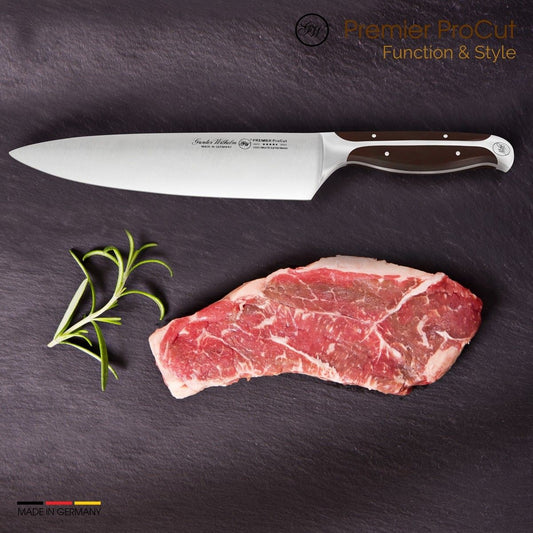🦗 Protein 2.0: Why Crickets, Lupini Beans & Lab-Grown Meat Are Entering the Mainstream

Once upon a time, protein meant steak, chicken, or maybe a humble egg. But in 2025, the protein landscape is mutating faster than a bodybuilder’s playlist. Say hello to crickets, lupini beans, and lab-grown meat — the power players of Protein 2.0, a sustainable shift reshaping what ends up on our plates.
🦗 Crickets: The Crunchy Powerhouse
Before you cringe, consider this: crickets are 60% protein by weight, packed with iron, B12, and amino acids, and use a fraction of the water and land required by cattle.
Already popular in snack bars and protein powders, cricket flour is going mainstream — showing up in pasta, baked goods, and even lattes. Chefs are rebranding it as “earthy, nutty protein powder” to ease diners into the idea. Spoiler: it works.
🌱 Lupini Beans: The Mediterranean Muscle Bean
Move over chickpeas — lupini beans are the new plant-protein darling. Known across Mediterranean diets, lupini beans are low-carb, high-protein, and naturally pack twice the protein of quinoa.
They’re versatile too: perfect for snacking, dips, or plant-based burgers. With their mildly bitter bite and impressive nutrition, they’re being hailed as the next soy — but without the baggage.
🧪 Lab-Grown Meat: Sci-Fi Steak on Your Plate
Lab-grown meat (a.k.a. cultivated meat) sounds futuristic, but it’s already here. Produced by growing animal cells in bioreactors, it delivers real meat without the livestock.
Startups are perfecting lab-grown chicken nuggets, beef burgers, and even salmon fillets. Early adopters say it tastes nearly identical to conventional meat — only with fewer antibiotics, less land use, and drastically lower emissions.
📈 Why Protein 2.0 Is Taking Off
- Sustainability: Crickets need 12x less feed, lab-grown meat cuts emissions, lupini thrives on poor soils.
- Health: Lower cholesterol, fewer hormones, and plant-based diversity.
- Cost trajectory: Prices are dropping fast as production scales up.
- Trend factor: TikTok loves a cricket macaron. Enough said.
😂 The “Yuck” Factor (and How It’s Fading)
Yes, people still flinch at the idea of bugs in brownies. But remember when sushi was “weird”? Or when oat milk sounded niche? Now they’re everywhere.
With clever marketing, chef creativity, and sustainability pressure, the “ick factor” is turning into a bragging right. (“You haven’t tried cricket tacos? Amateur.”)
🌍 Global Adoption
- In Europe, lupini beans are starring in protein pastas. - In Asia, crickets are sold as high-protein street snacks. - In the U.S., cultivated chicken has FDA approval in select states.
What once felt niche is rapidly becoming mainstream dining.
❓ FAQs About Protein 2.0
Will lab-grown meat replace farms?
No — but it may supplement them, reducing reliance on resource-heavy livestock.
Are crickets safe to eat?
Yes, when processed into flours and snacks. They’re already regulated in many countries.
Why lupini beans over soy?
They offer high protein without common soy allergen issues, and they’re less resource-intensive.
🥩 Final Bite
Protein 2.0 isn’t a fad — it’s a necessity. As the planet demands sustainable choices, crickets, lupini beans, and lab-grown meat are stepping up. Tomorrow’s power foods are here today — and they’re crunchy, bean-y, and sometimes grown in a lab.
In the end, saving the planet might taste like a cricket protein bar… and that’s not so bad.
Share:





